

Max Davies
How Audi, BMW, Honda, Mercedes-Benz, and Suzuki started out in Australia, and where they are now
10 Hours Ago
Volkswagen thinks the Government's proposed emissions standards will work if they receive a tweak to reward companies for selling more electric and hybrid vehicles.

News Editor
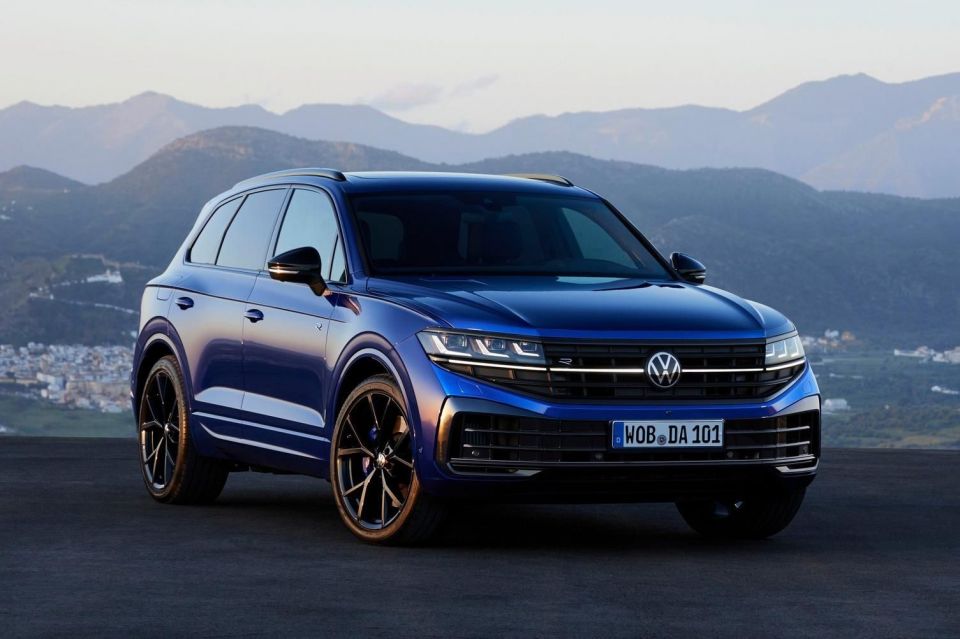

News Editor
Volkswagen Group Australia has thrown its support behind the Australian Government’s proposed New Vehicle Efficiency Standard (NVES) – provided it adopts one key element.
“At this time, VGA would suggest the possibility of an NVES modelled on Option B with elements of Option A super credits for full Battery Electric Vehicles and Plug-in Hybrid Electric Vehicles,” said VGA managing director Karsten Seifert, referencing a scheme which would greatly benefit brands with strong electric and plug-in hybrid sales.
“This outcome should be of the most benefit to the Australian consumer.”
The company had previously toldCarExpert it was “glad to have been among the voices calling for a strong, binding efficiency standard”, and said Australia would be “a better place for its auto market no longer being an international outlier”.
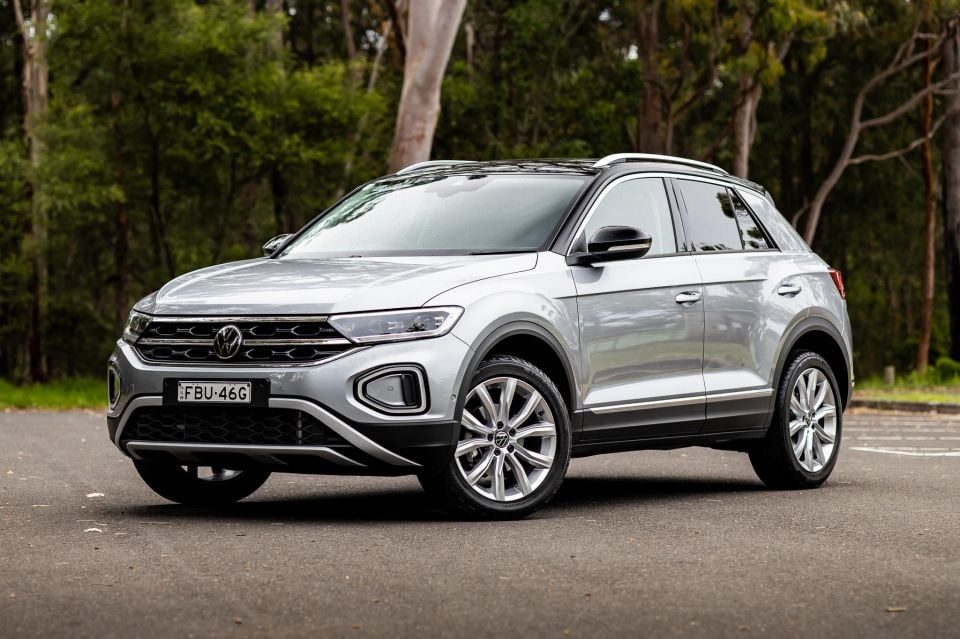
The Australian Government will consult with stakeholders on its preferred model until March 4, 2024, before introducing legislation “as soon as possible”.
It’s aiming for the new rules, which will affect new passenger and light commercial vehicles, to come into effect by January 1, 2025.
It has presented three options – A, B and C – which are in ascending order of severity. Option B is its “preferred” model, which it calls “strong, ambitious and achievable”.
It aims to catch up with the US around 2028, and then match the stringency of that country’s standards.
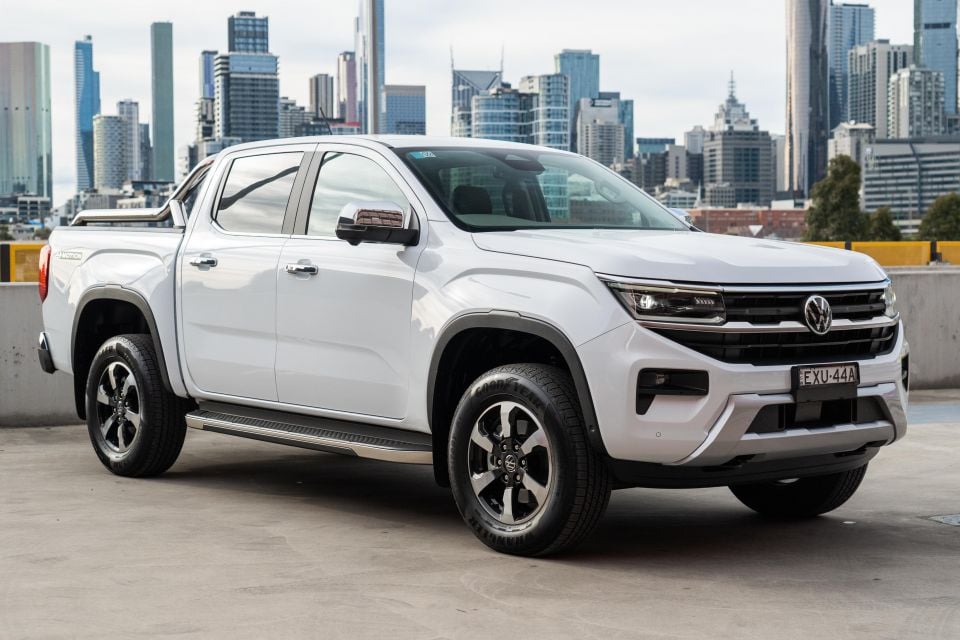
Under the NVES, carmakers will be given targets for average CO2 emissions per kilometre across their vehicle fleets. Over time this CO2 target will move, forcing companies to provide vehicles with lower or zero emissions to meet stricter targets.
Under Option B, which is the Government’s preferred option, companies would be penalised $100 per gram/kilometre over their set CO2 target.
There would be two CO2 caps: one for passenger vehicles and all SUVs; the other for utes, large pickups and vans (LCVs).
It would target a total reduction in CO2 intensity between 2024 and 2029 of 61 per cent for passenger vehicles and 62 per cent for LCVs, with average annual CO2 reductions of 12.2 and 12.4 per cent, respectively.
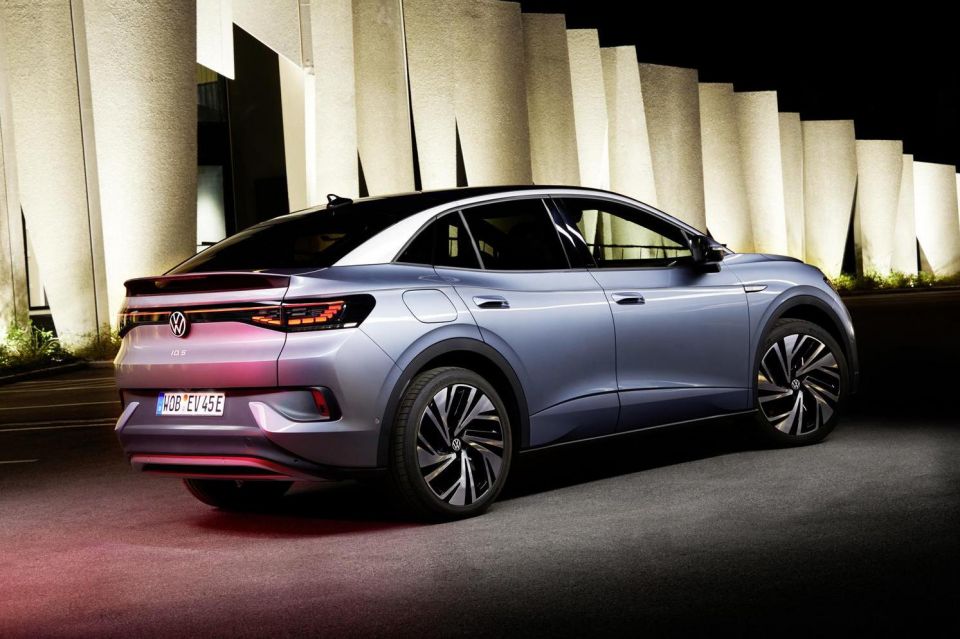
If they beat their CO2 target, carmakers can receive credits and bank them. These would last for three years.
Unlike Option A, however, there would be no “supercredits”, whereby electric, plug-in hybrid and hybrid vehicles could be counted multiple times, helping to further offset higher-polluting vehicles.
Option A includes various other differences which, combined, see it offering a goal of 34 per cent lower passenger vehicle emissions intensity between 2024 and 2029, plus a 14 per cent reduction for light commercial vehicles.
Average annual reductions would be 6.8 per cent and 3.8 per cent respectively, with the weaker option also featuring a delayed start to binding targets, different categorisation of vehicles, lower penalty amounts, and the ability for companies to join forces and “pool” credits.
Volkswagen Group Australia is about to massively increase its EV lineup, with 10 new models due this year including the first Volkswagen- and Skoda-badged EVs for our market.
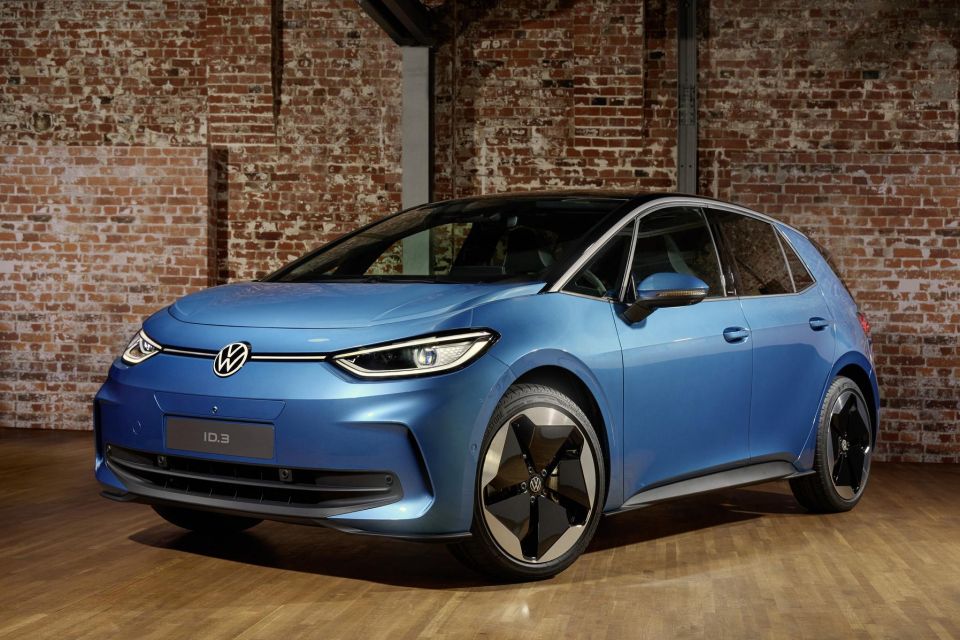
The company has long been outspoken about the need for greater regulation in Australia.
“Our company was to first to warn that this country would become a ‘third world dumping ground’ for obsolete auto technology. This has become a rallying cry,” said former VGA chief Paul Sansom in 2022.
“A federally mandated emissions target for our industry is non-negotiable if Australia’s supply of electric vehicles is to grow from a trickle to a flow and thereby start to meet ever growing demand.”
The lack of a federal standard has been blamed for the delayed launch of EVs like the Volkswagen ID.4, which has instead been prioritised for markets where there are such emissions standards.
MORE: Mazda pumps the brakes on Australian efficiency standards, calls for subsidies MORE: Mitsubishi: Emissions standards can’t forget about ‘middle Australia’ MORE: Hyundai backs tough emissions standard for Australian new cars MORE: Car industry cautious about Australia’s proposed vehicle efficiency standards MORE: Australian dealer body criticises tougher emissions standards
William Stopford is an automotive journalist with a passion for mainstream cars, automotive history and overseas auto markets.


Max Davies
10 Hours Ago


William Stopford
10 Hours Ago


Derek Fung
11 Hours Ago


Max Davies
18 Hours Ago


William Stopford
1 Day Ago


Ben Zachariah
1 Day Ago